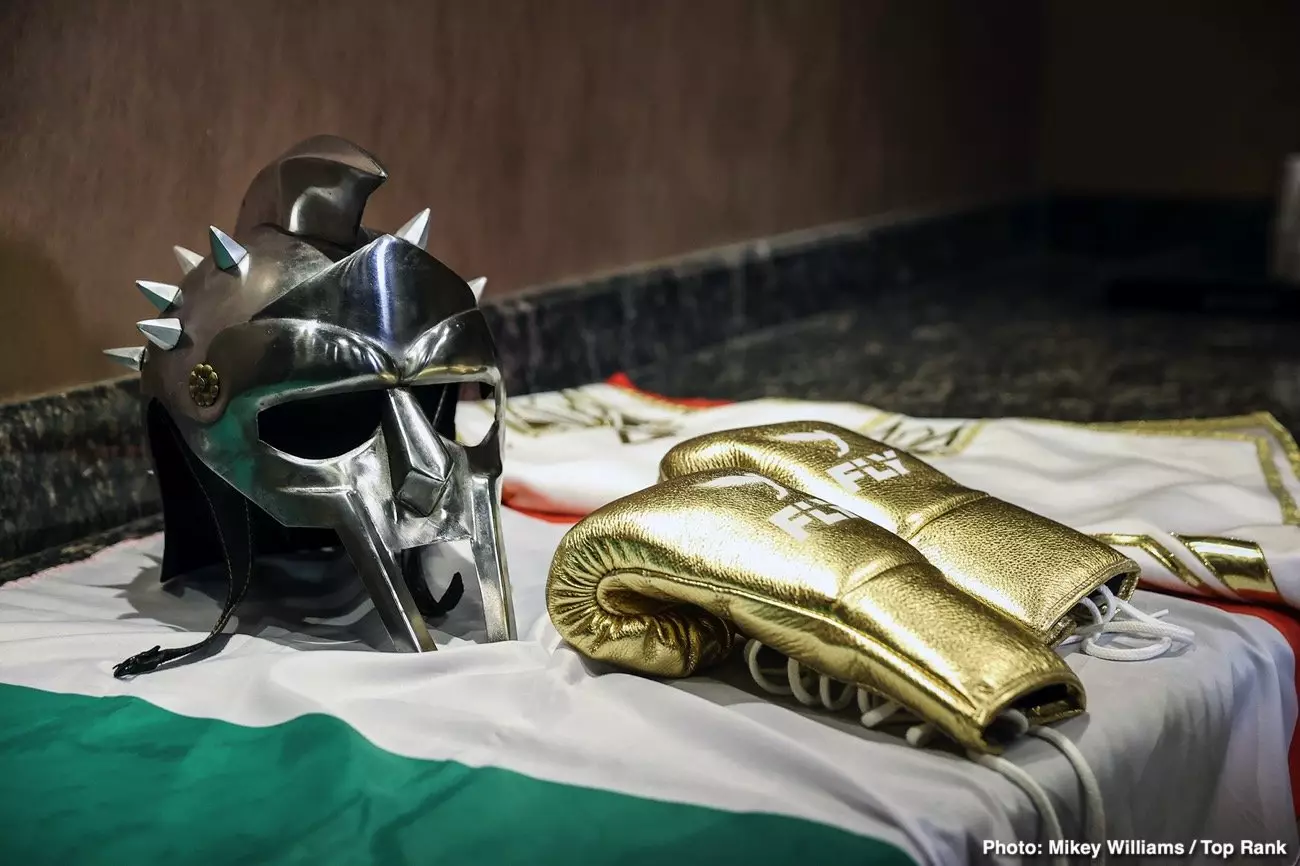Roberto Duran, renowned for his ferocity inside the boxing ring, is a figure whose presence looms large in the annals of boxing history. Often referred to as “Hands of Stone,” Duran epitomized the blend of terror and technique that a true champion embodies. His career was studded with remarkable fights, but one of the most significant bouts occurred 50 years ago, a match that showcased not only his athletic prowess but also his complex character. Duran’s dark-eyed intensity has drawn unsettling comparisons, including that to notorious figures such as Charles Manson, yet it is this fearlessness that propelled him into the hearts of boxing fans.
A Glimpse into the 14th Round
The sky was electric in Panama City as Duran faced off against fellow fighter Ray Lampkin. At just 23 years old, Duran had already established himself as a dominant force in the lightweight division, having held the title since 1972. On this fateful day, Duran entered the ring with an impressive record of 48 wins, 42 by knockout, and only one loss—an encounter with Esteban De Jesus. In contrast, Lampkin’s record of 30 wins, with a dozen knockouts, painted a picture of an underdog willing to take on the formidable champion.
The early rounds of the fight revealed a fascinating contest. Lampkin, older and perhaps underestimated, came out firing with quick jabs and well-placed body shots that initially tested Duran’s defenses. With a striking combination of speed and movement, he showed tenacity that startled both Duran and the crowd. However, the fight’s momentum began to shift as the rounds progressed. Duran, a master of gauging his opponent’s weaknesses, slowly but surely absorbed Lampkin’s blows, dishing out punishment in return, as he honed in on the psychological and physical exhaustion of his adversary.
The Climactic Knockout
As the fight advanced into the later rounds, the grueling conditions of the Panamanian heat played a significant role in draining Lampkin’s stamina. Duran, possessed by an electrifying ferocity, countered each of Lampkin’s moves with determination, his ability to control the rhythm of the fight emerging as a hallmark of his style. By the time the 14th round commenced, it was clear that Lampkin was faltering under the relentless pressure from Duran.
The moment of reckoning came swiftly. With a fierce left hook that echoed throughout the arena, Duran sent Lampkin crashing to the canvas. The impact was not merely physical; it reverberated through the crowd, bearing witness to the sheer destructive force Duran possessed. Lampkin’s body lay on the mat, arms outstretched and momentarily lifeless—a stark reminder of the risks involved in the sport. The grim reality of that knockout resonated deeply, as Lampkin required immediate medical care, being left unconscious for a frightening 30 minutes.
The aftermath of this fight was not solely defined by Duran’s thunderous victory but by the chilling words that followed. When pressed by journalists on his performance, Duran declared, “I was not in my best condition. Today I sent him to the hospital. Next time I’ll put him in the morgue.” This statement was emblematic of Duran’s dual nature as both a fierce competitor and a man steeped in a unique moral complexity.
Yet, amid this darkness, Duran’s softer side emerged when he visited Lampkin in the hospital—an act that bridged the divide between their roles as adversaries in the ring and human beings outside of it. This visit showcased Duran’s capacity for empathy, turning a fearsome champion into a figure who could still feel compassion for his opponents.
Duran would go on to reign as the lightweight king until his ascent into the welterweight division in 1978, but the echo of his fight against Lampkin remains resonant in boxing lore. For Lampkin, the journey continued; he fought seven more times post-Duran and remained a testament to resilience even after such a devastating loss. The consequences of stepping into the ring with a fighter like Duran were monumental, underscoring the brutal reality of boxing—a sport that marries glory with peril.
Roberto Duran’s story is not merely about a boxer; it is about the complexities of personality, the dichotomy of a fierce warrior with deep human emotions, and the indelible mark left on those who dared to challenge him. As the years pass, Duran’s chilling knockout and the life lessons that followed will continue to reverberate within the realm of boxing, a landscape forever altered by his presence.


Leave a Reply